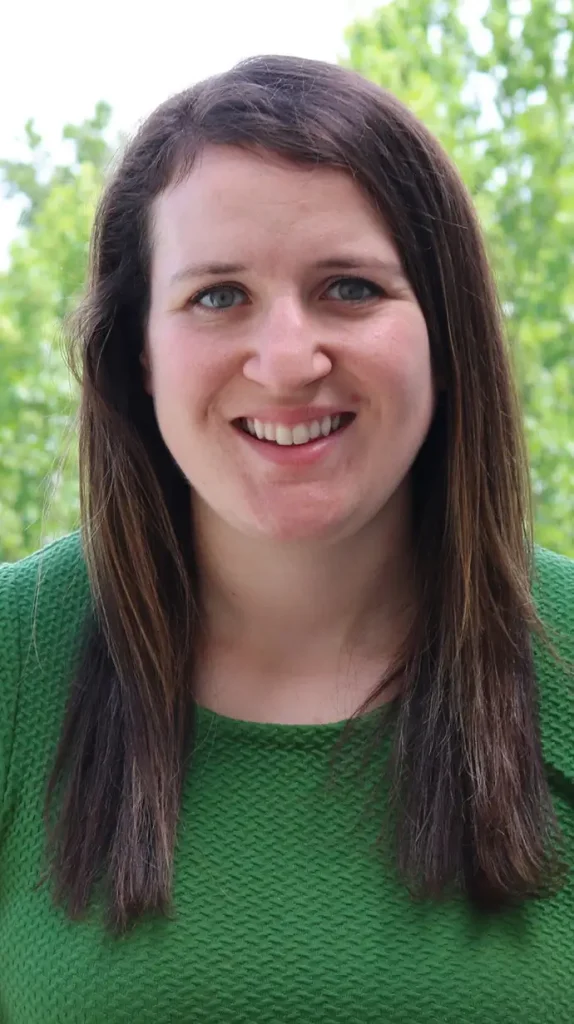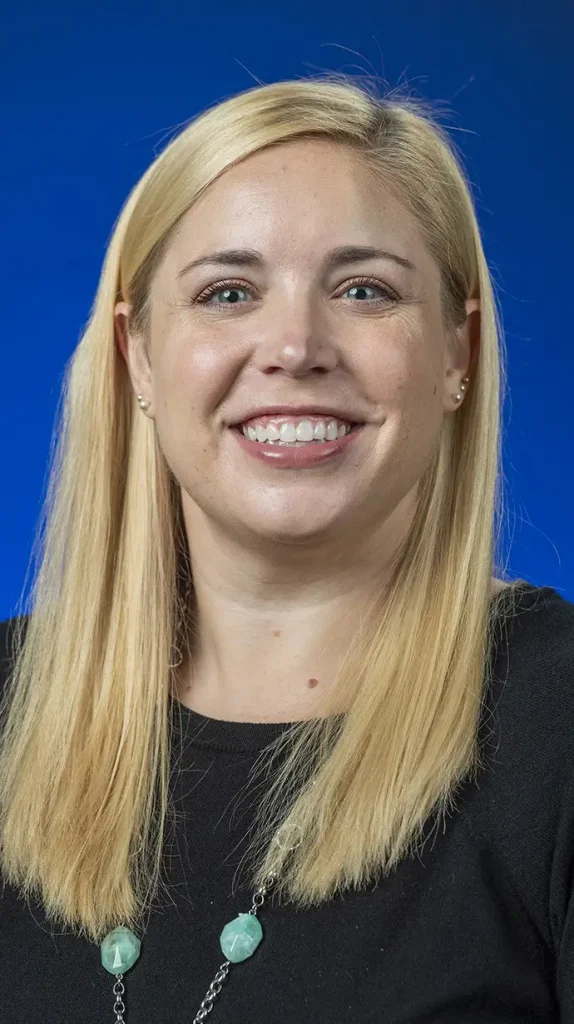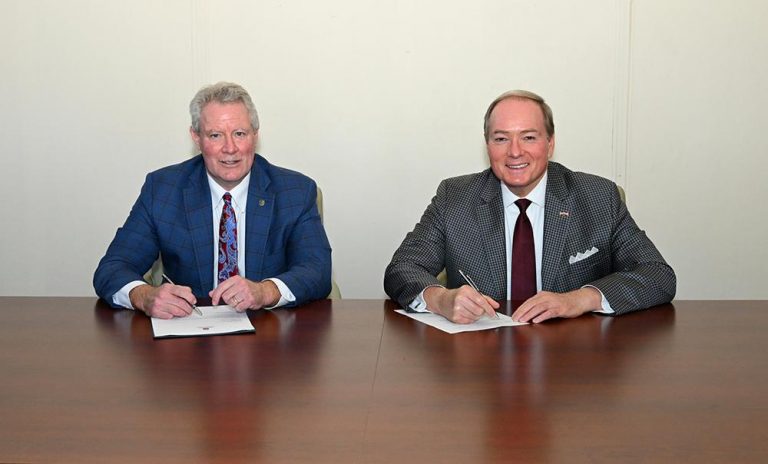
The U.S. Centers for Disease Control and Prevention has awarded $625,000 to Sarah Bilsky, assistant professor of psychology at the University of Mississippi, and Hannah Allen, executive director of the William Magee Institute for Student Well-being and assistant professor of public health, to form a coalition to reduce recreational substance use among adolescents. Graphic by Jordan Thweatt/UM Marketing and Communications
CDC grant to fund coalition to reduce substance use among youth
Two University of Mississippi researchers are teaming up against alcohol, marijuana, and tobacco use in Lafayette County.
Sarah Bilsky, assistant professor of psychology, and Hannah Allen, executive director of the William Magee Institute for Student Well-being and assistant professor of public health, have received a $625,000 grant from the Centers for Disease Control and Prevention to form a coalition to reduce recreational substance use among adolescents.
“The goal of this project is to create a coalition of community members from 12 different sectors – things like public health organizations, local schools, religious organizations or youth-focused groups – with the aim of reducing the use of alcohol, tobacco and marijuana in Lafayette County,” Bilsky said.
Although cigarette use among children aged 12-17 in Mississippi has decreased since 2004, 2.6% of youth aged 12-17 in Mississippi report using a tobacco product in the past month, which is higher than the national average.
Mississippi adolescents are also significantly more likely to use illicit drugs and to be offered, sold or given those drugs on school property, compared to other youth in the U.S.
Adolescents who struggle with mental health also have higher rates of substance use, and some substances can worsen symptoms of mental health problems over time.
The researchers will spend the first year of the five-year grant gathering local data about teen and youth substance use and making connections in the community. The next years will be spent providing programming aimed at substance use reduction and evaluating the impact of the coalition’s efforts.
Aside from raising awareness about substance misuse, the coalition also plans to train youths in Teen Mental Health First Aid. Peers are often the first people to notice when a student or friend is experiencing hardship, but do not always have the knowledge or skills to help, the researchers said.
“The idea is to train teens to recognize the presence of mental health symptoms and substance misuse issues and give them the skills to talk to their peers in evidence-based ways,” Bilsky said. “We want to give them the tools to respond in a safe and healthy way.”
The goal is not to create a one-size-fits-all program, but rather to tailor the programming to what best fits Lafayette County, Allen said.
“I’ve always liked that the CDC pushes for this to be a community-driven effort,” she said. “People are doing this work already but are often siloed; that’s why I love the design of this grant.
“It’s meant to help connect law enforcement agencies, teachers, researchers and the community.”
Allen and Bilsky hope to reduce the use of these substances by connecting existing efforts in the LOU community with one another and with resources that could help them succeed.
“The goal is for the program to be self-sustaining,” Allen said. “This is giving us an opportunity to center the community voices and be a partner in that work.”
This material is based on work supported by the Centers for Disease Control and Prevention grant no. NH28CE003903.
By Clara Turnage






